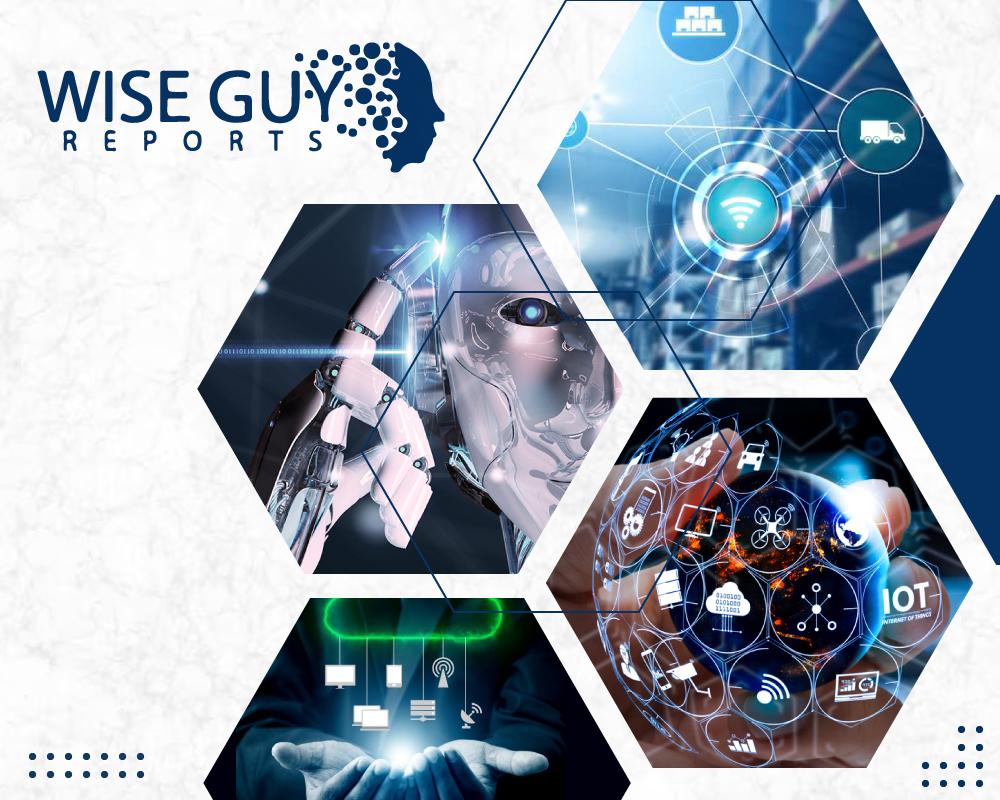-
Fil d’actualités
- EXPLORER
-
Pages
-
Groupes
-
Evènements
-
Reels
-
Blogs
-
Offres
-
Emplois
Identifying Key Internet of Things for Healthcare Market Trends

Several key Internet of Things for Healthcare Market Trends are currently shaping the industry's trajectory and providing a glimpse into the future of connected care. One of the most prominent trends is the rapid and sustained adoption of telehealth and remote patient monitoring (RPM). While this trend was already underway, the COVID-19 pandemic served as a massive catalyst, cementing virtual care as a mainstream component of healthcare delivery. This trend is moving beyond simple video consultations to include the integration of real-time data from IoT devices, allowing clinicians to conduct comprehensive remote examinations. The continued expansion of reimbursement policies for these services is ensuring that this trend has long-term sustainability, making telehealth and RPM a foundational element of modern healthcare.
Another major trend is the rise of the "smart hospital" or "intelligent healthcare facility." Hospitals are increasingly investing in a holistic IoT infrastructure to optimize every aspect of their operations. This goes beyond tracking medical equipment to include smart building technology for energy efficiency, real-time location services for managing patient flow and staff allocation, and automated pharmacy systems to reduce medication errors. The goal is to create a fully connected environment where data from disparate systems is integrated to improve patient safety, enhance the quality of care, and maximize operational efficiency. This trend represents a shift from deploying standalone IoT solutions to building a comprehensive, intelligent healthcare ecosystem within the walls of the hospital.
The move towards edge computing is a significant technological trend within the healthcare IoT space. Traditionally, data from IoT devices is sent to a centralized cloud for processing. However, for many clinical applications, the latency involved in this process can be a critical issue. Edge computing involves processing data closer to where it is generated—either on the device itself or on a local gateway. This reduces latency, enabling near-instantaneous alerts and responses, which is vital for applications like monitoring critically ill patients. It also enhances security and privacy by minimizing the amount of sensitive data that needs to be transmitted over the network. As IoT applications become more complex and data-intensive, this trend towards edge computing will become increasingly important.
Finally, a crucial overarching trend is the growing focus on data interoperability and standardization. One of the biggest historical challenges in digital health has been the existence of data silos, where different systems and devices cannot communicate with each other. There is now a strong industry-wide push, supported by regulatory bodies, to adopt common data standards like FHIR (Fast Healthcare Interoperability Resources). This trend is about creating a "plug-and-play" environment where data from any device or application can be seamlessly shared and integrated into a patient's electronic health record. Achieving true interoperability is the key to unlocking the full potential of healthcare IoT, as it will enable the creation of a truly holistic and longitudinal view of a patient's health, paving the way for the next generation of data-driven medicine.
- Art
- Causes
- Crafts
- Dance
- Drinks
- Film
- Fitness
- Food
- Jeux
- Gardening
- Health
- Domicile
- Literature
- Music
- Networking
- Autre
- Party
- Religion
- Shopping
- Sports
- Theater
- Wellness
